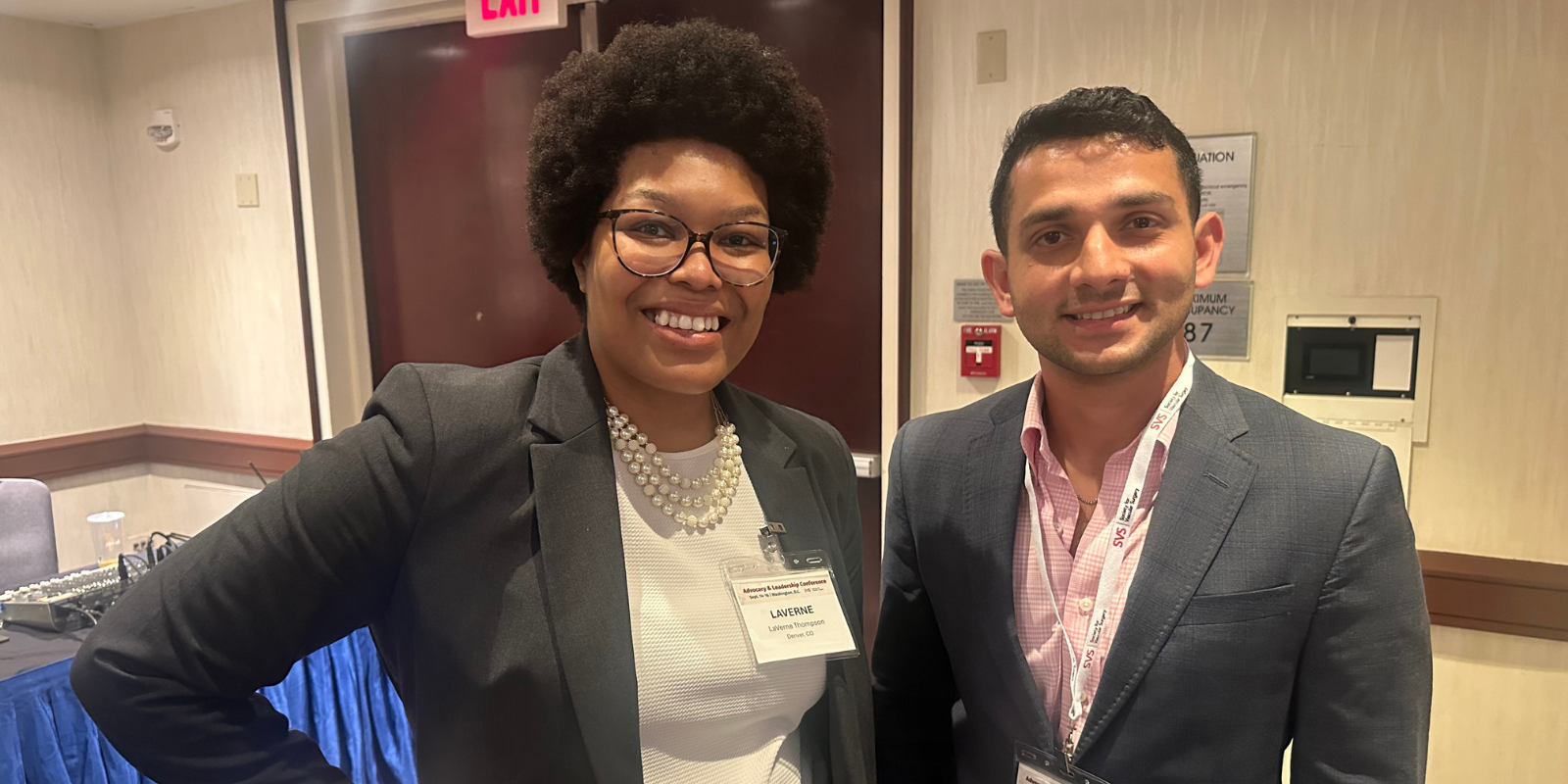What is pericarditis?
It's an inflammation of the fibrous sac that surrounds the heart. The pericardial sac gives support to the heart, and it can get inflamed from time to time. When that inflammation happens, the nerve endings inside of the pericardial sac will create pain. Patients can find this concerning because the pain feels like it is coming from their heart. Most people will present with chest pain that is somewhat continuous, meaning it doesn't change when they exert themselves, it doesn't go away when they sit down and rest.
Is it dangerous?
Not typically. Many times we do not identify a cause of the pericarditis, but when we do identify a cause, these can be grouped as infectious or noninfectious. Infectious causes are often secondary inflammation related to a virus. It can also be related to trauma, so if you've experienced blunt trauma to the chest this can irritate either the heart or the pericardial sac, causing pericarditis as well. If you've had a heart attack or heart surgery and are recovering, this can cause inflammation of the sac around the heart as well. Rarely, pericarditis can also be caused by medications, for example some cancer medications such as checkpoint inhibitors and monoclonal antibodies.
So it doesn’t actually affect the heart?
Acute pericarditis will create inflammation but doesn’t directly affect the heart. In some instances you can develop a fibrous stiffening or constriction of the pericardial sac, or develop a collection of fluid around the heart and this can limit the squeezing function of the heart. But it is uncommon for that to happen.
How is it diagnosed?
People show up with chest pain and we try to take a good history of the circumstances around the pain. When we examine patients, a classic finding would be to hear a “sternal rub” with our stethoscope. This is the rubbing of the heart against the inflamed pericardium. We often check an electrocardiogram that can show changes that are typical of pericarditis rather than other causes of chest pain, such as a heart attack. Those together help make the diagnosis. Sometimes we do other tests or imaging to look for that inflammation, including a cardiac CT scan or a cardiac MRI that can show thickening or inflammation of the pericardium. But for many people, we don't get those tests at first.
How is it treated?
When a cause can be identified, pericarditis is usually treated by treating this cause. If it’s medication related, you can remove that drug. If it’s infection related, the pericarditis will resolve when the infection resolves. But the majority of people have pericarditis from an unclear source. We call it idiopathic pericarditis, and we treat it with NSAIDs to reduce the inflammation, as well as a drug called Colchicine. These two in combination typically will shorten the course and reduce the risk of it coming back. The treatment usually lasts for two to three weeks.
When is it treated surgically?
The only time surgery for acute pericarditis becomes needed or considered is if people have a reactive effusion, meaning they get fluid that builds up between the inflamed pericardium and the heart itself. Sometimes you can build up enough effusion that you have compression of the heart. That’s called tamponade, or squeezing of the heart, and it's a secondary complication of pericarditis. It's very uncommon for that to happen, but if it does, the fluid should be drained.
In the case of KJ Hamler, it sounds like the condition prevented him from playing football?
We usually recommend that people with acute pericarditis limit their physical activity and prevent exertion to keep it from getting worse. I don't know his whole situation, and I wouldn't presume to know it, but trauma to the pericardial sac can cause pericarditis, so that's a possibility in somebody who plays a contact sport. As I mentioned, catching a virus can cause inflammation of the sac, but 90% of the cases of acute pericarditis have no clearly identified cause. In KJ Hamler’s case, it could just be one of these idiopathic pericarditis episodes. Sometimes we can't identify a cause for it, but we treat it the same regardless.





.png)
